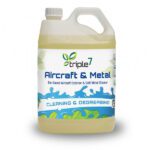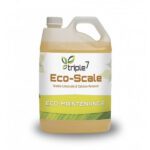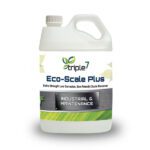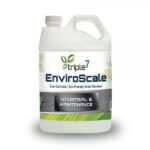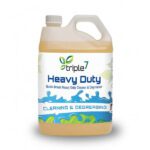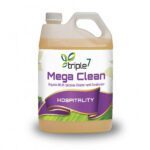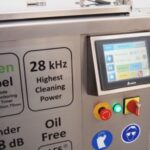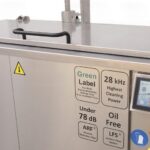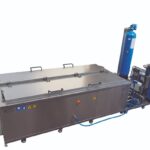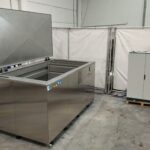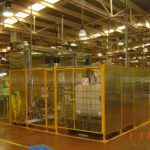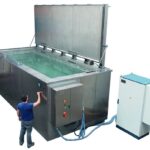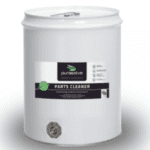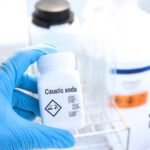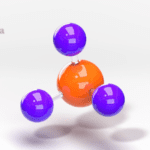Ultrasonic cleaning is a process in which high frequency sound waves are used to agitate a cleaning solution, causing microscopic bubbles to form and implode. This process, known as cavitation, helps to loosen and remove contaminants from the surface of an object. It is often used in a variety of industries, including the power sector, to clean components such as turbine blades, gearboxes, and other equipment.
The best frequency for ultrasonic cleaning depends on the size and shape of the object being cleaned, as well as the type of contaminants that need to be removed. For example, lower frequencies (20-30 kHz) are typically more effective at cleaning large, flat surfaces with heavy deposits of contaminants, while higher frequencies (40-80 kHz) are better suited for cleaning smaller, more complex objects with lighter deposits of contaminants.
As for the use of bio-based cleaners in ultrasonic cleaning, it is important to consider the specific needs of the power sector and the types of contaminants that are present. Bio-based cleaners are made from natural, renewable resources and are often less toxic and more biodegradable than chemical cleaners. However, they may not always be as effective at removing certain types of contaminants, such as heavy oils and greases.
One option that may be effective in the power sector is to use a combination of bio-based and chemical cleaners, depending on the specific cleaning needs of the equipment. For example, a bio-based cleaner may be effective at removing lighter contaminants, such as dirt and grime, while a chemical cleaner may be necessary to remove heavier deposits of oils and greases. However recent developments have shown thatBio based degreasers are not just as effective as chemical alternatives., but bring to the table the added advantage of cleaned surface protection, environmental friendliness, easy disposability, safety for workers and advantages of storage and transportation without restrictions.
It is also worth noting that the effectiveness of any ultrasonic cleaning process depends on a number of factors, including the cleaning solution being used, the size and shape of the object being cleaned, the cleaning time and temperature, and the frequency of the ultrasonic waves. In general, it is best to use a cleaning solution that is specifically formulated for the type of contaminants being removed, and to follow the manufacturer’s recommendations for cleaning time and temperature.
In conclusion, the best frequency for ultrasonic cleaning in the power sector will depend on the size and shape of the objects being cleaned and the type of contaminants that need to be removed. Bio-based cleaners may be a good option, but it may be necessary to use a combination of bio-based and chemical cleaners to effectively remove all types of contaminants. As with any cleaning process, it is important to follow the manufacturer’s recommendations and to carefully consider the specific needs of the power sector when selecting a cleaning solution.

